Funding will not be enough to halt the political fragmentation in the European Union. This is especially the case with the European Union's Cohesion Policy, a series of investment programs for the bloc's poorest regions and one of its most expensive policies. The idea behind the programs was that all members of the continental bloc would eventually rise to the same level of economic development. This equality would in turn solidify the legitimacy of the continental integration process. But Europe's economic and political crisis has shown that decades of integration and billions of euros' worth of EU investment have created only limited political and economic cohesion in Europe. Moreover, in many countries, corruption and domestic factors prevent cohesion funds from going where they would be most useful.
In order to determine who receives funds under the cohesion policy, regions in each country are classified as "less developed" (areas where GDP per capita is less than 75 percent of the EU average), "in transition" (areas where the GDP per capita is 75-90 percent of the EU average) and "more developed" (areas where GDP per capita exceeds 90 percent of the EU average). Depending on an area's classification, the European Union can provide 50-85 percent of the total financing of a project (the poorest regions get the highest co-financing rates). The potential beneficiaries of these funds include public institutions, companies, universities and nongovernmental organizations.
For many countries, cohesion funds are a key part of their economies. In places such as Poland, Romania, the Czech Republic, Slovakia and Hungary, allocations from the EU cohesion funds for the 2014-2020 period equal 2 to 3 percent of the country's GDP. In absolute terms, Poland is the winner; it has been allocated 77.6 billion euros, the highest figure in the European Union. Hungary gets the most in terms of allocation as a percentage of GDP; cohesion funds represent 3.2 percent of Hungary's economy. Estonia, Slovakia and Lithuania have the highest allocations per capita, while the Netherlands, Denmark and Luxembourg have the lowest allocations both per capita and relative to GDP.
But qualifying for EU funding does not translate to an ability to absorb the funds. Member states in Southern and Eastern Europe still experience difficulties in spending this money. In some cases, these countries lack the domestic capacity to co-finance the projects supported by the European Union. In others, national and local authorities lack the know-how and institutional framework to successfully apply for funds. There are also cases where the bureaucracy is so excessive that it discourages potential applicants. This creates a paradox: Some of the poorest countries in the European Union are also the countries least able to absorb the funds allocated to them.
Overall, cohesion programs have failed to achieve their main goal: creating a more economically homogeneous Europe. Evidence of vast economic gaps between Southern and Eastern Europe and more developed nations in Northern and Western Europe are readily apparent. Record high unemployment levels — especially among the youth — plague countries such as Spain, Portugal, Italy and Greece, and massive emigrations occur in countries such as Poland, Romania and Bulgaria to Western Europe. The rise in political parties that criticize the European Union and propose to reverse the process of continental integration is another symptom of the lack of cohesion. Though many governments in the EU periphery will keep the cohesion funds in mind when assessing their national priorities, fragmentation in the European Union will continue.



